Gated communities, apartment complexes and campuses are becoming luxurious by the day, and are trying to maintain meticulously landscaped gardens around them. Gone are the days of Duranta hedges, an avenue of bottle palms, rows of bougainvillea planters and the ubiquitous frangipani in the corner of a rugged grassy lawn. Nurseries and landscaping companies across the country feel the need to constantly innovate while adapting gardens to modern aesthetics while being mindful of their resources.
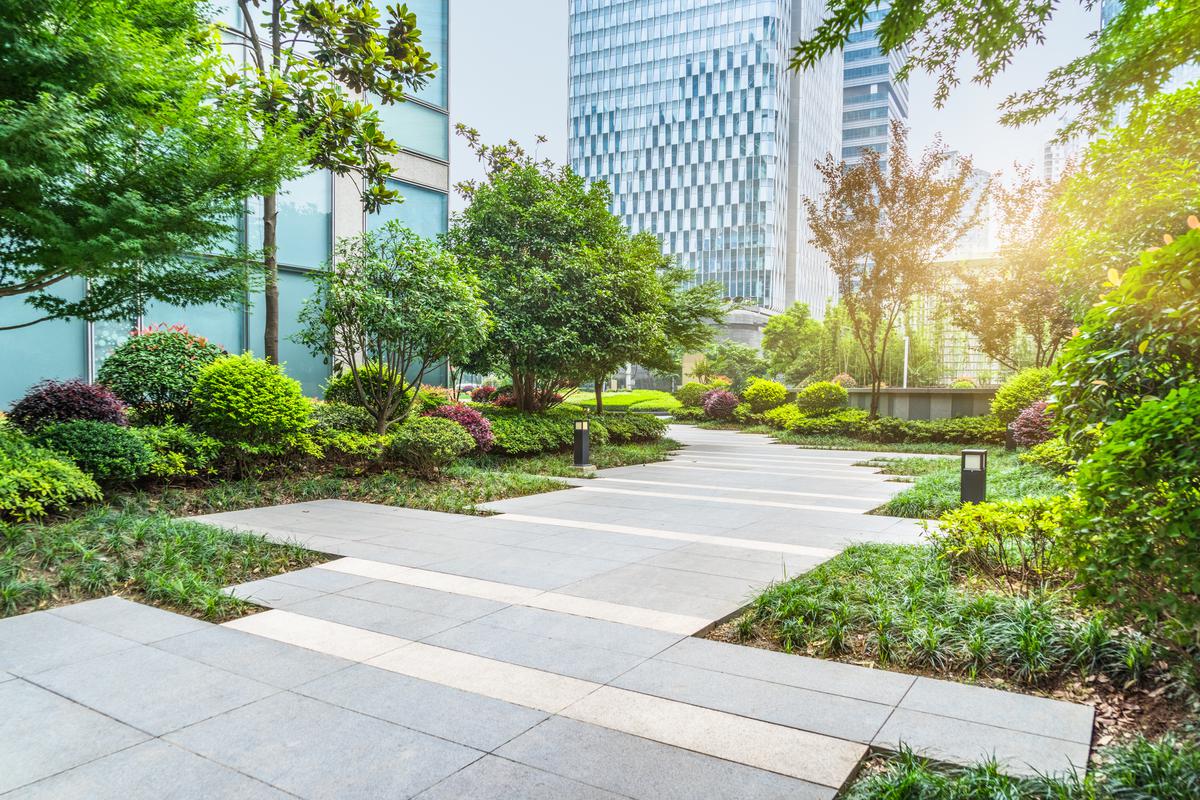
Sridhar Shetty, owner of Green Space, a large-scale landscaping company that specializes in school campuses, gated communities and commercial complexes, says landscaping budgets for medium to large-scale projects range from ₹1-5 crore, depending on their size It is possible and complexity. Shetty is seeing increased use of foliage and potted topiary shrubs in landscaping projects across the country.
They say topiary planters add a classy touch to large patios and open courtyards that would otherwise be left bare. syzygium austral, commonly called the Australian bush cherry, is a top favorite. It lends itself beautifully to being clipped into shapes such as cones, spirals and balls. conocarpus erectus shetty, or buttonwood mangrove, once a favorite screening shrub, has now fallen out of favor with landscapers. Trees are notorious for being resource-hogs, rapidly depleting the surrounding soil of water and nutrients.
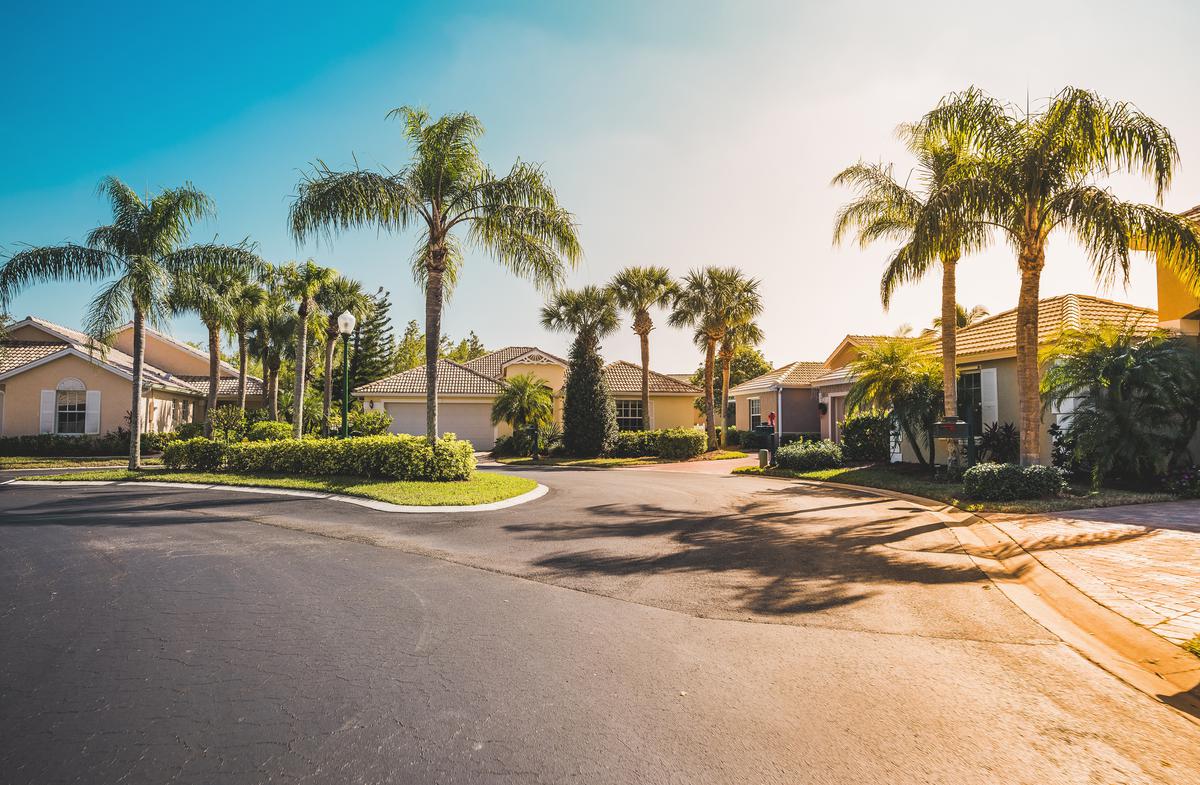
jungle shortcut
Mahishree Udayan, owner of Jayanthi Botanical Garden and Garden Services, says that full-grown trees are now in high demand in large-scale landscaping projects. His farm in Harahalli, Karnataka, has a large stock of fully grown trees up to 20 feet tall, and they are shipped all over India, often as far as Delhi. She says that each tree can sell for anything between ₹10,000 and ₹20 lakh depending on its height, girth and variety. At Embassy Springs, Bengaluru, a 288-acre layout in Devanahalli, over 6,500 well-grown trees from his nursery were transplanted into the premises, turning it into a wild plantation almost overnight. At Embassy Boulevard, another large residential project in the city, his team carefully dug up 450 fully grown trees from the site, stored them in his nursery and replanted them on the site after construction was complete. “Relocating a tree is not an easy task,” says Udayan. “We first prune the tree’s branches, leaving the trunk intact. A large trench is dug around the tree to remove as much of the root ball as possible. The tree is then quickly removed and transferred to a freshly dug trench in the nursery, where it is treated with root hormones and fertilizer to keep it alive and vigorous until it is planted again. There is no time to transfer to your final location on campus. Result? An instant tree-filled campus garden that looks like it’s been there forever!
“We have fully developed implants Tabebuías, Peltophorum, gulmohar, coconut trees, bottlebrushes, rain trees and many fruit trees like this one, with a failure rate of less than 15%. Transplanted trees may need a little extra water and nutrition for a few months, but once established, they require just as much care as regular trees,” she says.
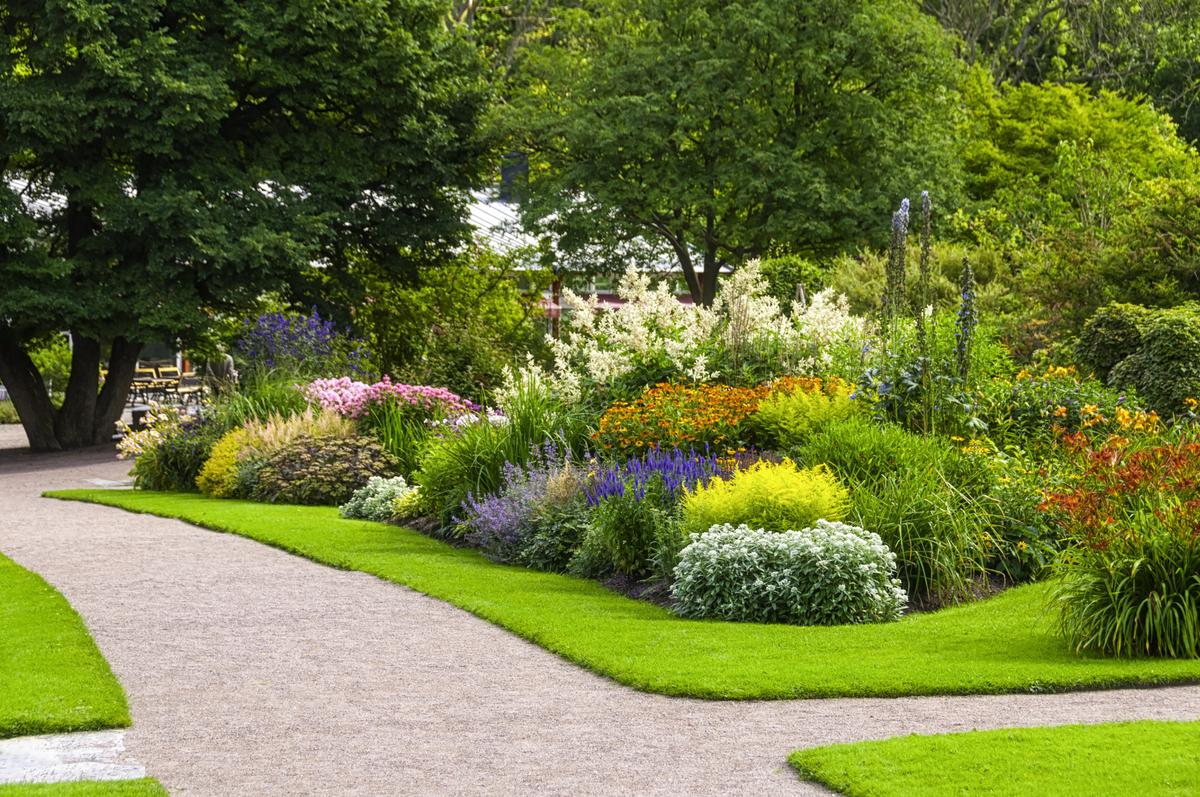
“While new varieties heliconia And while torch ginger is used extensively for planter beds and screens, old favorites such as arecanut and bamboo are making a comeback,” says Rashmi Atavar, joint managing director, Indo American Hybrid Seeds, Bengaluru. “We also have a lot of inquiries about the old scented varieties of jasmine, parijat, champak and kadamba,” she says. New, brightly colored cultivars of frangipani and bottlebrush are also showing up in demand. Foliage plants such as the autograph tree ( clusia rosea), cowrie pine ( agathis robusta) and banana leaf fig ( Ficus Ali) are still very much in vogue, as well as the now popular Chinese doll ( Radermacera sinica), an emerald-green foliage shrub that’s great for indoor and semi-shaded areas. Water plants such as papyrus, water lily and lotus varieties are becoming popular again. There is also a lot of interest in dwarf fruit trees that don’t require climbing. Dwarf jackfruit, cilantro, mango and chikoo are hot favourites, she says.

trees that support the land
Rohit Marol, founder and principal of Terra Firma, one of the country’s leading landscape architecture firms, believes that the selection of plants in any gardening project needs to reflect what the land itself can support. The 35-year-old company has offices in Bengaluru, Chennai and Coimbatore, and has executed large housing and construction projects across the globe. In a recently executed project in the Maldives, nearly all plants used in the landscape design were indigenous shrubs and ground covers that could withstand the site’s harsh gale-force winds and sandy soil conditions. “Gardens should accommodate all the senses. You should be able to see, smell and taste a garden.’ “While it is not always easy to persuade a client to use all native plants in a project, we manage to squeeze at least a few into every garden to be as sustainable as possible.”
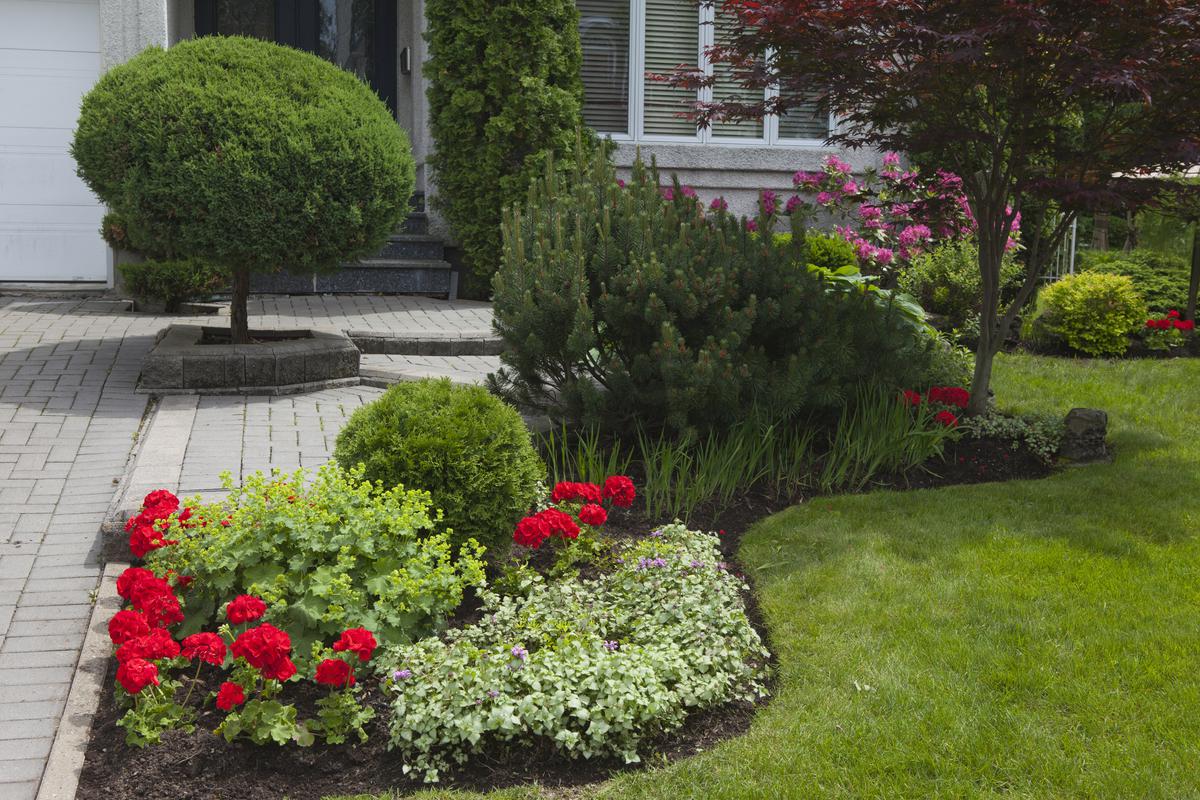
Bharat Sandur, a natural landscape specialist who has devoted much of his career to native plantings and natural gardening, has a more holistic approach to landscaping. “Gardens should be completely organic, self-fertilizing and require little or no intervention to grow and flourish,” he says.
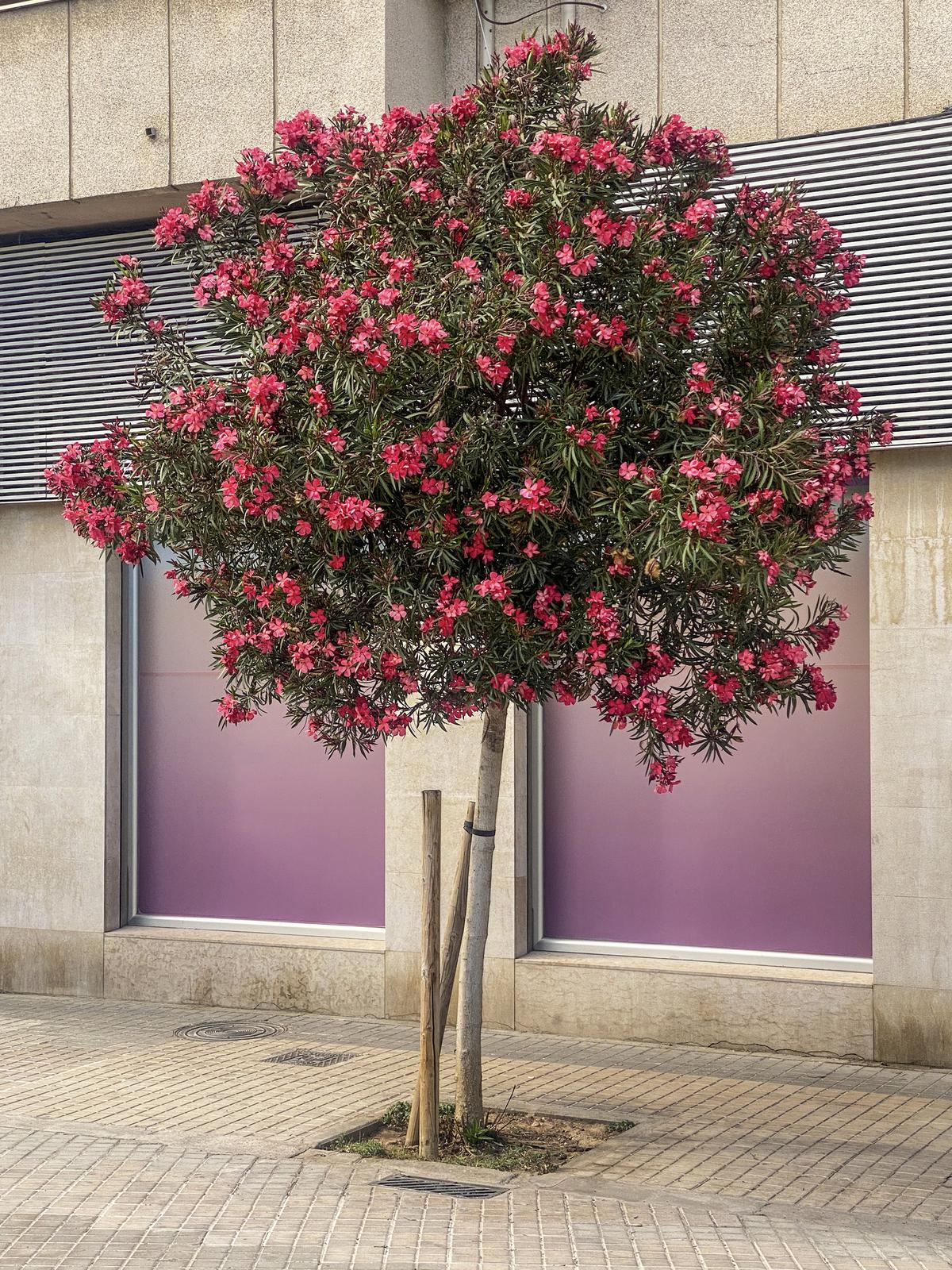
Sandoor has undertaken massive native tree plantation drives in the Araku Valley (Andhra Pradesh) as well as in the Kashmir border areas. “Nature doesn’t grow in straight lines, and neither should your garden. When you plan a natural garden, you need to spend as much time as you can on research, preferably with a field botanist on board.” . . You can then collect compatible species from similar ecosystems around the world, but only after testing their fecundity potential,” he cautions, referring to ornamental species. lantana, wedelia and American Cassia ( senna spectabilis) that spilled out of the boundaries of their gardens and occupied large tracts of forest land, suffocating most of the endemic flora. “We should ideally all be xeriscaping,” Sandur says, considering that the wet phase we are currently going through is not likely to last much longer. He refers to a style of landscaping that uses drought-tolerant plants that require minimal resources to grow. Cacti, grasses and succulent varieties are the major plant groups used in xeriscape gardens.
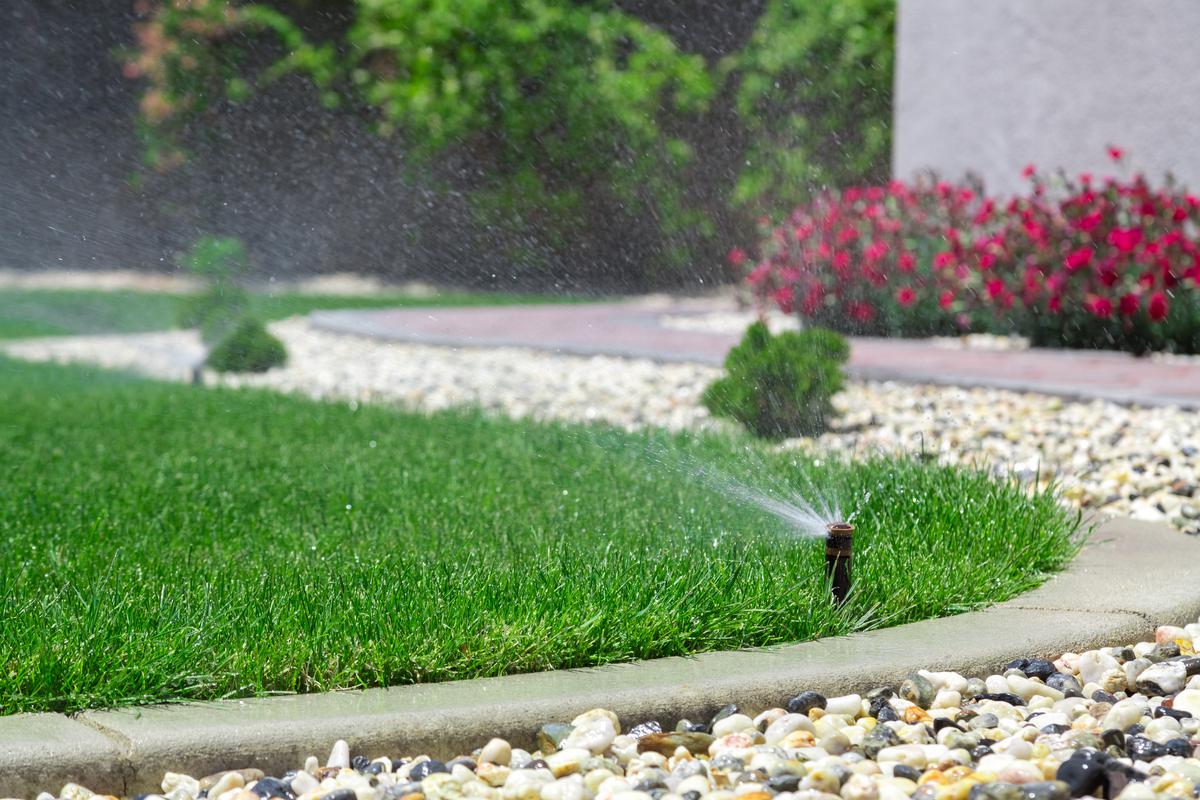
On the subject of responsible water use in landscaping, Sindhu Cherian, director of Ayala Natural Biological Systems, has a solution – a plant-based onsite wastewater purification system that uses aquatic and semi-aquatic plants. The system is completely passive unlike conventional electro-mechanical sewage treatment plants (STPs) which require electricity, chemicals and skilled manpower to operate. On the surface, the purification system looks like a garden, with wastewater slowly flowing underground, allowing the roots of aquatic plants to purify it as it flows through.
“The system can be sized to accommodate factories, industries, schools, campuses, gated communities and even residential colonies,” she says. “It only requires a little planning and forethought at the time of land allotment.” Cherian claims that the water purified by this system still retains many of the beneficial micronutrients that conventional STPs remove.
With the world’s increasing focus on responsible, eco-friendly gardening practices using minimal resources, landscapes like this one that serve multiple functions may soon become the norm.
The writer was co-founder of MySunnyBalcony. He is currently the Head of Business Strategy for an organic products company based in Bengaluru.